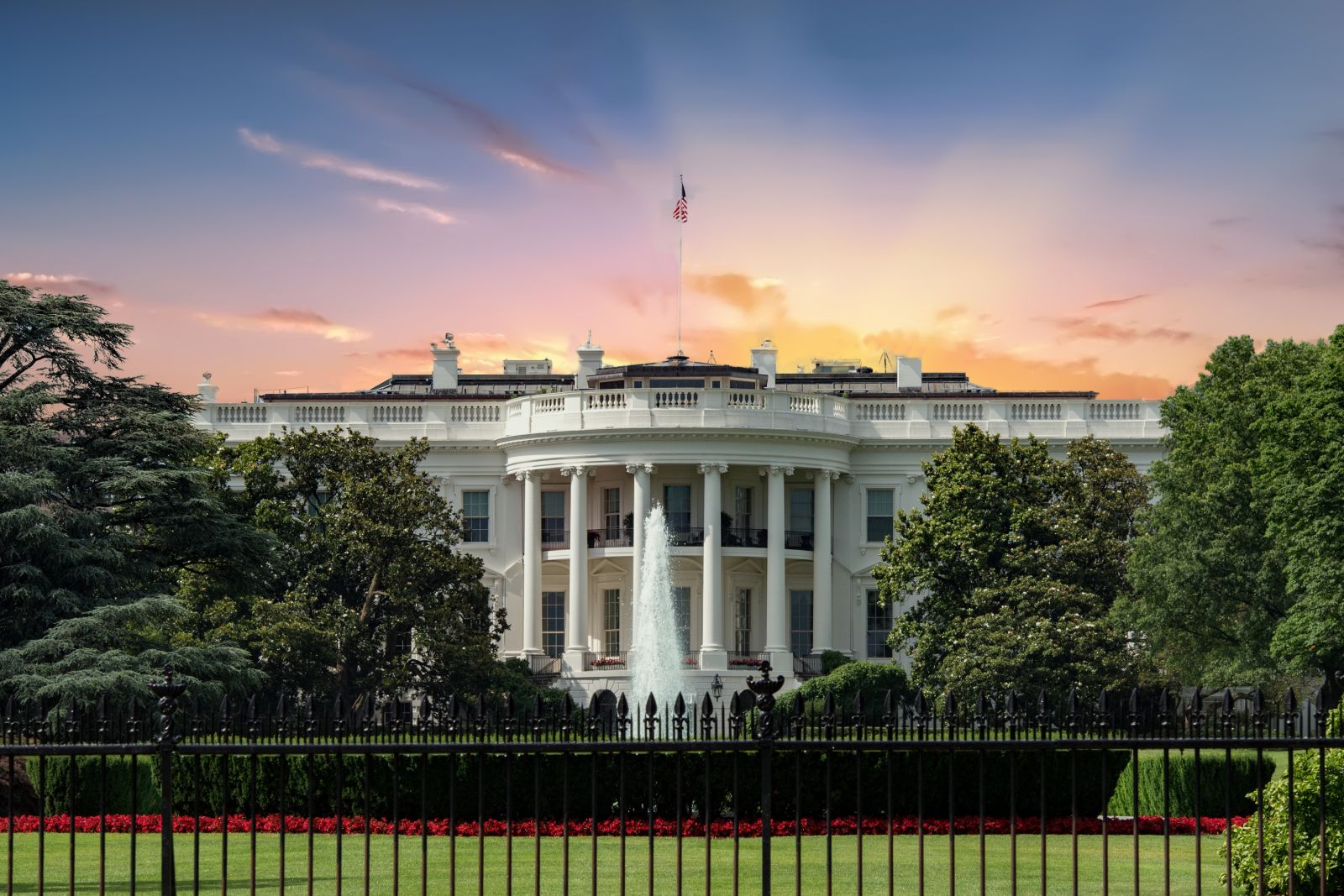
In its 247-year history, the United States of American has never defaulted on its debt. However, with each passing year, the amount of debt surges higher and will ultimately reach a point where these debt obligations can no longer be met. Many question if that time is now. Secretary of the Treasury, Janet Yellen has issued several warnings to top ranking officials saying that the US will run out of money around June 1st of this year. If the government is not allowed to raise more debt (the debt ceiling), then a default may become a very real reality. While it is important to note that a U.S. government default is considered highly unlikely due to the country's economic strength and the significance of U.S. Treasury securities in global markets, there is always a chance. So, what would happen if the political stalemate and posturing by the Republicans and Democrats cannot be resolved?
A potential default by the U.S. government on its debt would have far-reaching consequences, both domestically and internationally. We would see significant impacts in the following areas:
Damage to U.S. creditworthiness: The country's longstanding reputation as a safe borrower would be tarnished, making it more difficult and costly for the government to borrow in the future. It could also lead to credit rating downgrades by rating agencies, further increasing borrowing costs and affecting investor confidence.
Increase in borrowing costs: A default would cause a rise in borrowing costs for the U.S. government. Investors would demand higher yields on future Treasury bond issuances to compensate for the increased risk. This, in turn, could lead to higher interest rates for consumer and corporate borrowing, affecting mortgages, auto loans, business loans, and other forms of credit.
Economic contraction: Higher borrowing costs, reduced access to credit, and market volatility could dampen consumer and business spending, leading to decreased investment, hiring, and economic growth. This could potentially push the economy into a recession or exacerbate existing economic challenges.
Financial market turmoil: U.S. Treasury securities are considered some of the safest assets in the world, and any default would undermine that perception, leading to a loss of investor confidence. This could result in a sharp sell-off of U.S. Treasury bonds and other financial assets, leading to increased market volatility.
Decline in the U.S. dollar's value: The U.S. dollar's status as the world's reserve currency would be called into question if the U.S. government defaulted on its debt. The dollar could experience a significant decline in value relative to other major currencies as investors seek alternative safe-haven assets. This could have implications for international trade, global financial stability, and the cost of imported goods for U.S. consumers.
As traders & investors, it is our job to look past the doom & gloom or outright euphoria and position ourselves to capitalize on these dramatic market moves. Here are 3 ways to take advantage of a US government default.
- Short bond ETFs: If a default happens, yields will surge higher. This will cause the price of existing bonds to plummet. To diversify risk, it makes sense to use bond ETFs as they are typically a bond portfolio with many bonds included. For example, lets use the 20+ Year Treasury Bond iShares ETF (TLT)

If yields did surge higher, the current holdings in TLT would lose a lot of their premium. After all, who would pay $1,000 par value for a bond yielding 3.8% when new ones may be earning 6 or 7%?
- Short the Dollar: With the loss of faith in the US government, the US Dollar would lose its appeal and other countries would be driven to sell their dollar holdings. This could cause a significant decline in the dollar. If you are a currency trader, short the dollar and buy another currency you feel has better upside potential. To the average investor, you may again look to ETFs. You could short the Invesco DB US Dollar Index Bullish Fund (UUP) which has about 2.5 million shares traded per day.

- If you cannot short in your account, you could go long the Invesco DB US Dollar Index Bearish Fund (UDN) which only averages about 160,000 shares traded per day.

- Short the Equity Markets: With yields soaring, the cost of capital will be increasing as well. This will slow down business expansion and make it difficult for businesses to thrive. This slowdown could lead to layoffs, missed earnings and a much worse market environment. In keeping with the ETF theme, each of the major indexes has bullish and bearish ETFs. For example, you could short any of the bullish S&P500 ETFs such as the 1x long (SPY), the 2x long (SSO), and the 3x long (UPRO). On the short side you have the 1x short (SH), the 2x short (SDS), and the 3x short (SPXU).
In the next few months, the talk of the Debt Ceiling will dominate conversations in all financial circles. The most likely outcome will be the temporary closure of government agencies like National Parks while our elected officials kick the can down the road a little more and raise the debt ceiling. Should it worsen and decisions need to be made by the treasury on who to pay, then these trade ideas may really pay off. That said, there will be a significantly higher degree of risk at that moment in time. After all, it’s a situation that we have never experienced in 247 years. One thing we all know for certain is markets hate uncertainty.
On the date of publication, Merlin Rothfeld did not have (either directly or indirectly) positions in any of the securities mentioned in this article. All information and data in this article is solely for informational purposes. For more information please view the Barchart Disclosure Policy here.






